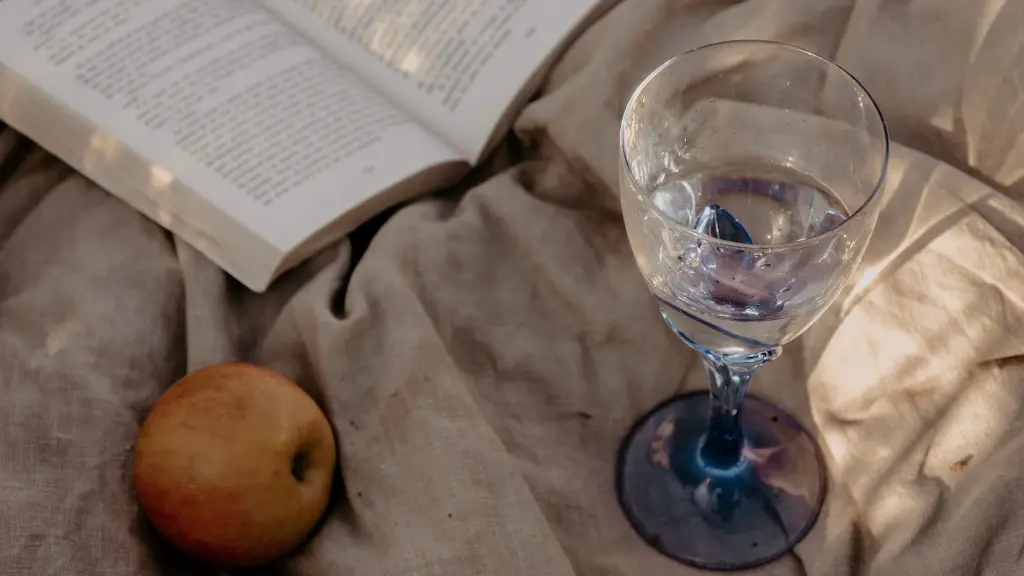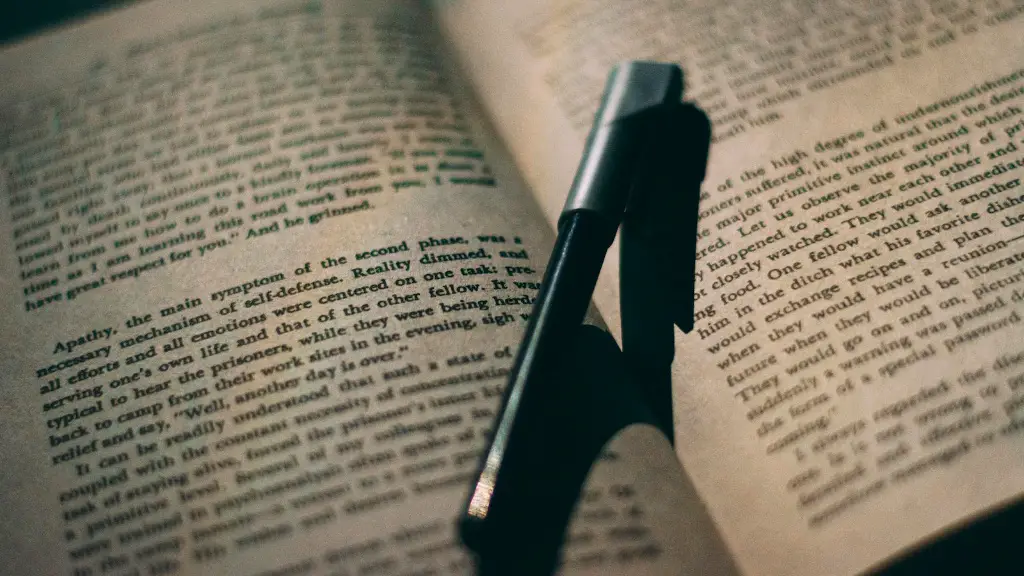What is Poetry?
Poetry is a form of literature that uses aesthetic and rhythmic qualities of language—such as phonaesthetics, sound symbolism, and metre—to evoke meanings in addition to, or in place of, the prosaic ostensible meaning. Poetry has a long history, dating back to the Sumerian Epic of Gilgamesh from over 4,000 years ago. In the Western World, poetry has also been used to express emotions and moral sentiments. It is a timeless art form and has remained popular through the ages.
Forms and Structures of Poetry
Poems come in a variety of forms and structures, from traditional sonnets and haikus to free verse and concrete poetry. The choice of form and structure is often determined by the poet’s intent and the content of the poem itself. Sonnets, for example, are often used to express feelings or convey a message, while free verse or blank verse poems may be more suitable when exploring a specific topic or idea. Poetry can also be written in different meters. Meter refers to the arrangement of syllables into patterns. The most commonly used patterns in English are iambic, trochaic, and anapestic, though there are many more.
Rhyme in Poetry
Rhyme is a common device in poetry and is used to create a pleasing sound, as well as to bring a sense of completeness to the poem. Rhyming poems typically follow a pattern of “ABAB”, meaning that each pair of lines will end in the same sound, but the sounds may not necessarily be identical. For example, a rhyme scheme of “ABAB” would contain two lines ending in the sound of “eye” and then two lines ending in the sound of “hay”. The use of rhyme in poetry can add a sense of rhythm and can make a poem easier to remember, but it is not essential. Many poets choose to write in free verse and avoid rhyming altogether.
Language and Imagery in Poetry
The language used in poetry often differs from everyday language and is often deliberately chosen to create a certain effect or emotion. Metaphor, simile, and personification are used in poems to create vivid imagery, enabling readers to visualize events or experiences that the poet may be writing about. Onomatopoeia, the use of words that mimic sounds, is a common poetic device and can be used to create a dramatic effect and draw attention to important words or phrases in a poem.
The Use of Repetition in Poetry
Repetition is another important device in poetry and is often used to reinforce certain ideas, to emphasize words and phrases, or to add rhythm and musicality to a poem. Repetition can also be used to create a sense of longing or desire. For example, a poet may repeat a line or phrase to create a longing for the object or feeling that is the subject of the poem. By repeating the same sound or phrase, the poet can evoke a feeling of familiarity and longing.
The Power of Poetry
Poetry has a unique ability to evoke emotion and thought in readers, and this is one of the reasons it has remained popular for so many centuries. Poetry can be used to explore topics that may be difficult to discuss, such as grief and loss, love, and joy. It can also be used to challenge the status quo, to share political and social views, and to inspire and influence readers. Poetry can be powerful, inspiring, and can help us to make sense of the world around us.
Using Poetry To Express Emotions
Poetry can be an outlet for emotions, allowing us to express our feelings in a way that may be easier than speaking. Through the use of metaphor, imagery, and rhythm, a poet can express feelings of joy, sadness, and anger in a powerful way. Poems can also provide a source of comfort and solace, allowing us to explore emotions that may feel too raw or too personal to express otherwise.
Using Poetry To Explore Ideas
Poetry can be used as a way to explore and reflect on ideas. Through the use of metaphor, imagery, and symbolism, poets can explore a range of topics and communicate their thoughts and opinions in a creative way. From exploring themes of love and loss to questioning the world around us, poetry can be used to share and explore personal, political, and philosophical perspectives.
Using Poetry To Create Connections
Poetry can also be used to create connections between people. Whether through the sharing of personal experiences or the exploration of shared feelings, poetry can bring people together in a way that transcends language and culture. Poems can bridge gaps, allowing us to connect to and understand one another on a deeper level.
Using Poetry To Understand Ourselves
Poetry can also be used as a tool of self-discovery. Through the use of language and imagery, poets can explore the depths of their own thoughts, feelings, and experiences. By producing a poem, a writer has the opportunity to reflect on who they are, where they’re going, and how they want to get there. Poetry can be an invaluable tool for self-reflection and can provide insight into our own lives and values.


